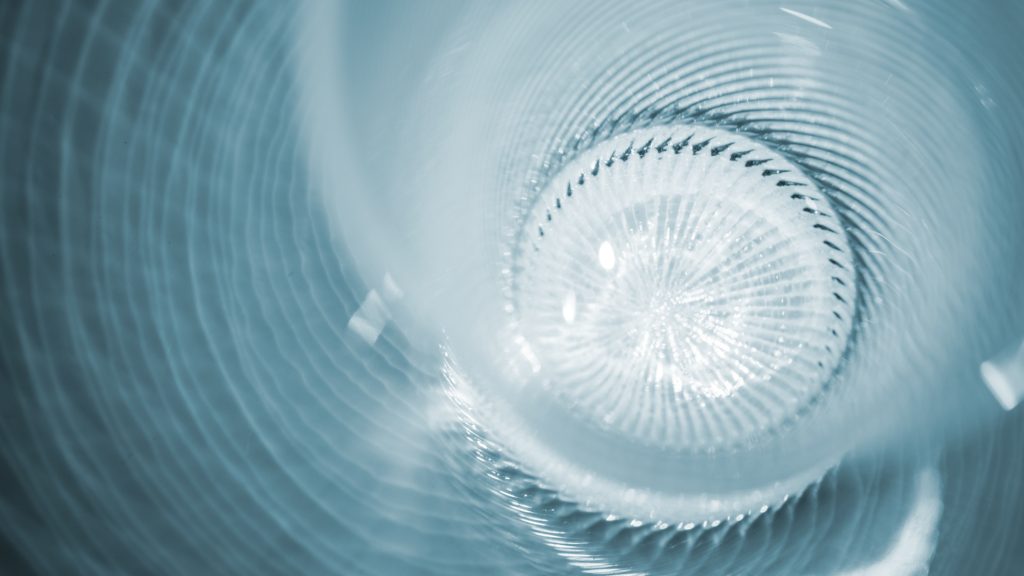
In May 2025, Korea Institute of Science and Technology (KIST) researchers designed a flexible underwater ultrasonic transducer meant to efficiently charge implantable medical devices and marine electronics, going beyond traditional charging methods’ limitations.
With demand growing for reliable underwater wireless charging and power systems, current techniques fall short due to their distance limitations and interference.
Innovative ultrasonic marine transducer technology uses ultrasound wireless energy to provide power with more efficiency through tissues and water, making it promising for medical implants and oceanic hardware with efficient underwater energy transfer and sensor charging.
Why Ultrasound Wireless Power Is Better
Ultrasound waves technology broadcasts more efficiently in the body and are less likely to be absorbed or blocked by tissue, thereby becoming safer and more efficient to employ in charging body-implanted or body-attached devices.
The underwater ultrasonic transducer technology promises to be a better alternative to other wireless charging technologies, especially for medical devices like pacemakers, neurostimulators, and wearable sensors.
The research team led by Dr. Sunghoon Hur from KIST, in collaboration with Professor Hyun-Cheol Song of Korea University, has created a flexible, biocompatible ultrasonic transducer. The gadget can bend and continue to work, sitting comfortably on or inside the human body. The team demonstrated that their receiver can wirelessly charge a battery with ultrasound, marking a giant step closer to real-world applications.
“Through this research, we have demonstrated that wireless power transmission technology using ultrasound can be applied practically, we plan to conduct further research for miniaturization and commercialization to accelerate the practical application of the technology,” said Dr. Sunghoon Hur.
Smart Design Boosts Efficiency
Some marine technologies were done through proprietary piezoelectric ultrasonic transducer materials that are more efficient in converting ultrasound into electricity. The receiver is unique in the way that it can stretch and conform to body curves and offer stable power conversion.
Surprisingly, it is able to transmit 20 milliwatts of power at a 3-centimeter distance underwater and 7 milliwatts through the skin. The marine sensor charging innovation is enough to continuously power several low-power wearable and medical devices.
Therefore, this underwater ultrasonic sensor could change how we keep critical devices running safely, efficiently, and without wires. Underwater charging methods today include conductive charging, battery swapping, and inductive charging, but these often face challenges like maintenance issues.
KIST’s underwater ultrasonic transducer could be a favorable alternative that combines high efficiency with low interference in marine environments, to transform sensor charging in the marine sector and underwater robotics by enabling longer missions and reducing the need for frequent manual servicing.
With the new marine sensor charging technology, there is a high possibility that it will pave the way for new possibilities for sustainable and autonomous marine technology.
Inside Telecom provides you with an extensive list of content covering all aspects of the tech industry. Keep an eye on our Tech sections to stay informed and up-to-date with our daily articles.